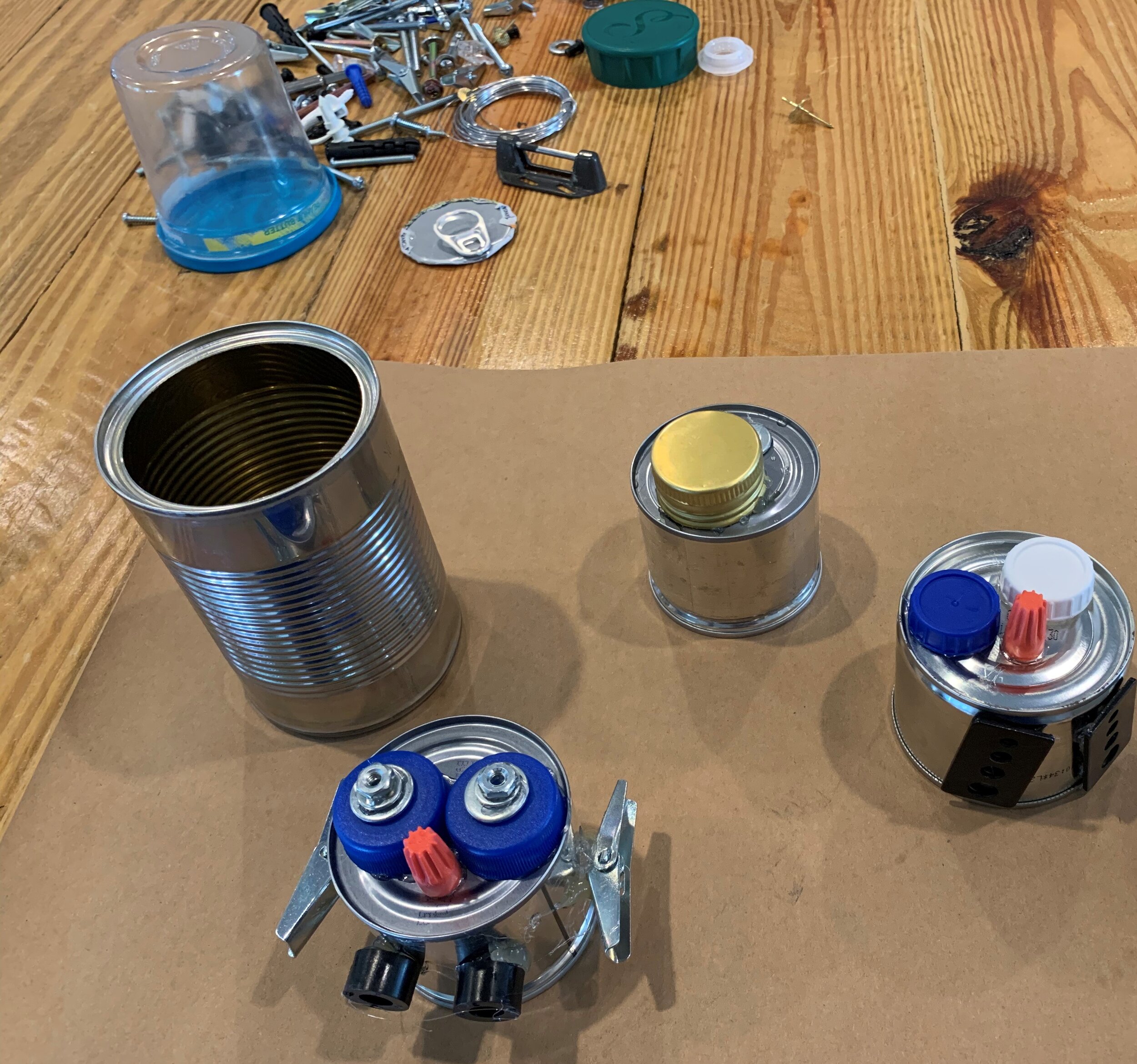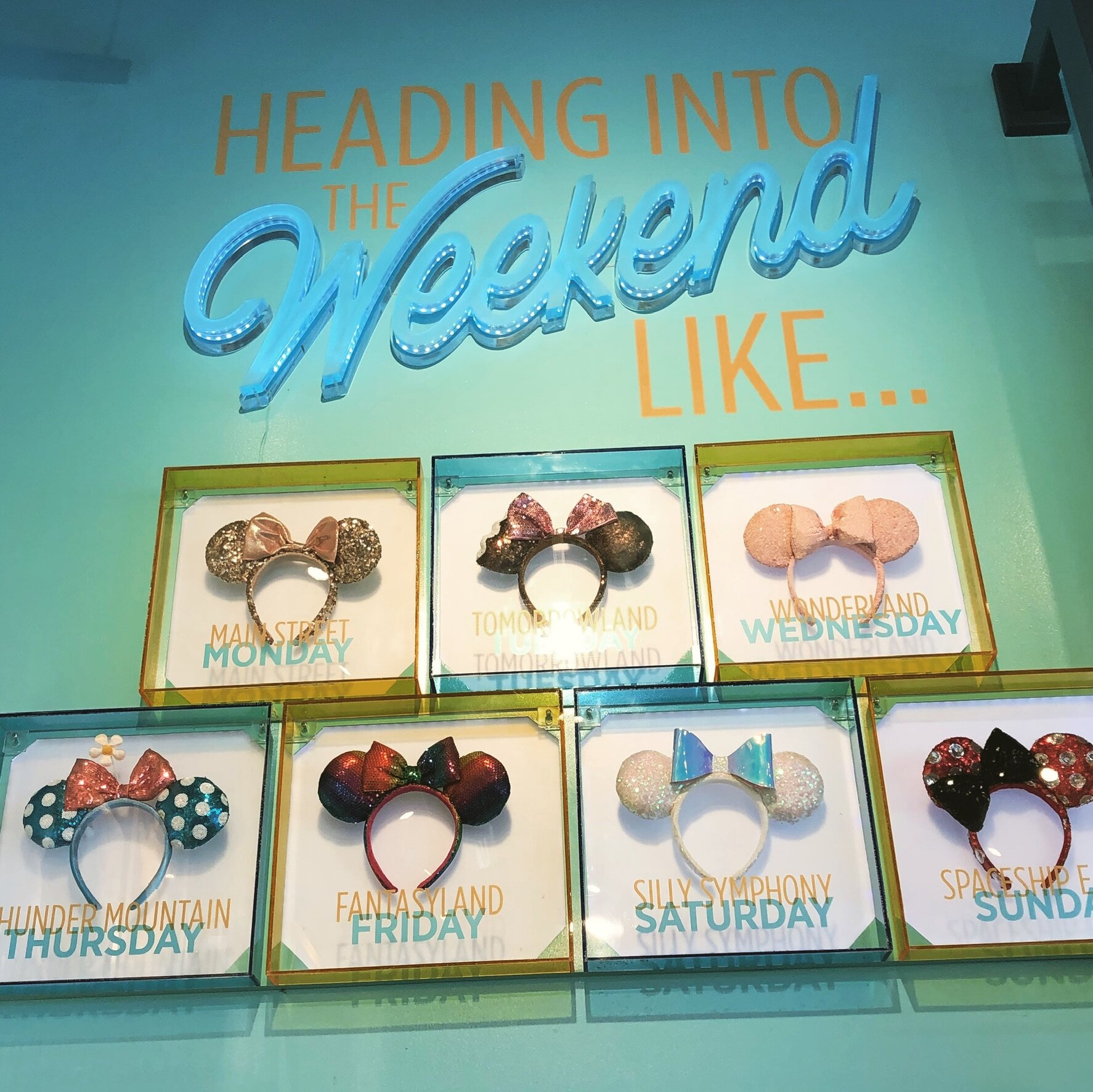Another lesson that I’ve learned during this move to a virtual/remote format is how valuable it is to connect with people. Some ways I’ve been staying connected with others is through electronic communication, video conferencing, and phone calls. I haven’t talked this much on the phone since I was a teenager.
This global pandemic has been challenging for everyone. For my college students it has been rough on them in many ways. Students may not have the equipment and/or resources at home to fully function in an online capacity. Many students have had their final field experience disrupted and moved to a virtual/remote format. Several of my students did not even get a chance to say goodbye to the children they had been working with all semester which has been heartbreaking for them. Graduation celebrations have been postponed or canceled. I feel terrible that students may not get to experience the joy of walking across the stage at graduation and shaking our Dean’s hand at commencement. I’m so sorry for these and other things that are being missed out on as a result of the quarantine.
With so many things that have changed as a result of moving to remote/virtual format, we may find ourselves using time differently. Quarantine time may be an opportunity to add some professional activities that were hard to find time for before the global pandemic. I created this list with the help of my spring 2020 practicum students (thank you CB, JC, NF, EK, EP, KT, and JV … you guys have been such a pleasure getting to know better this semester!).
Here are things to consider if you are looking for ways to experience gratitude, learn, and grow during COVID-19.
1. Make a smile file. A recipe box with index cards are where I add things that happen I want to remember that make me happy. Here is an example of something that happened to me that is on an index card in my Smile File. What would you add to your file?
2. Create a parent newsletter.
3. Develop or revise program/agency handbook.
4. Find ways to communicate with children and/or parents using other modalities. Learn or work on proficiency in other languages to include sign language.
5. Create a resource list or binder.
6. Work on curriculum or curricular enhancements.
7. Attend virtual meetings, workshops, and/or trainings.
8. Write reflection paper. Storyboard your ideas and experiences.
9. Make a virtual bulletin board or design your future spaces.
10. Watch video clips on skills like positive behavior supports and other topics that enrich professional development.
11. Communicate with parents. Share tips and/or activities they can do with their child during quarantine.
12. Collaborate with related specialists (e.g., speech language pathologist, therapists, other), if applicable.
13. Set up a time to check in with others on a regular basis.
14. Participate in webinars that pertain to Early Education. I’ll be doing one on authentic assessment in May for Brookes Publishing. Stay tuned….
15. Make a parent letter/video/song/other of what parents can do at home with their children while they are away from school.
16. Look up different ideas and hands on activities to do with children. Here is an example of an art activity I love to do with my daughter.
17. Research and make program brochure.
18. Learn and use tools to implement developmental activities.
19. Create developmentally appropriate resources for parents to use during the COVID-19 quarantine.
This historical time in our lives is an opportunity for us to grow together. Right before the quarantine, I interviewed Mr. Bill Isler for the Buttercup iTunes show. Mr. Isler ran the Fred Rogers Productions Company and contributed and appears in the Tom Hanks movie about Mr. Rogers entitled, “A Beautiful Day in the Neighborhood” (2019).




































